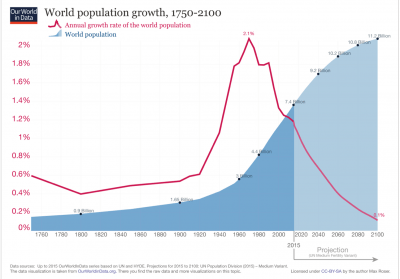I see voter turnout as a social justice issue. Voter turnout has consistently stayed between 45 to 85% of the voting age population in the United States. Voter turnout has clearly correlated to social justice issues, including who is allowed vote, who can afford to leave work to vote, and who feels politically empowered enough to vote. We see large dips in voter turnout prior to the great depression, as well as in the early 2000s around the recession and around the recession in the 1980s. Whenever there are poor economic times, we see dips in voter turnout. We also see dips in voter turnout when the population has less confidence in the government– this is especially true for during and post Vietnam war era United States.
Another social justice issue related to voter turnout for presidential elections is the fact that those who are financially disadvantaged tend to not be allowed to leave work to vote within voting hours. This is an issue that has been combatted by other countries including Australia, which enacted mandatory voting legislation in 1918 and has imposed fines on those who do not vote. However, since voting is not mandatory in the United States, not all employers let their employees leave work to vote. Since the United States does not have mandatory voting laws, we can attribute many changes in voter turnout to social justice issues.
Link here to data.



